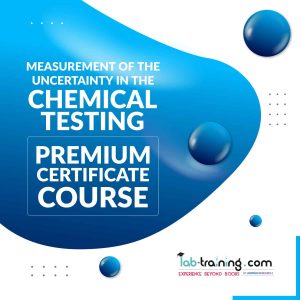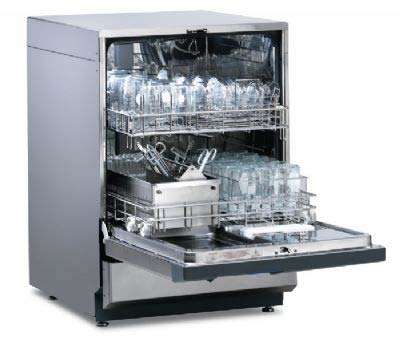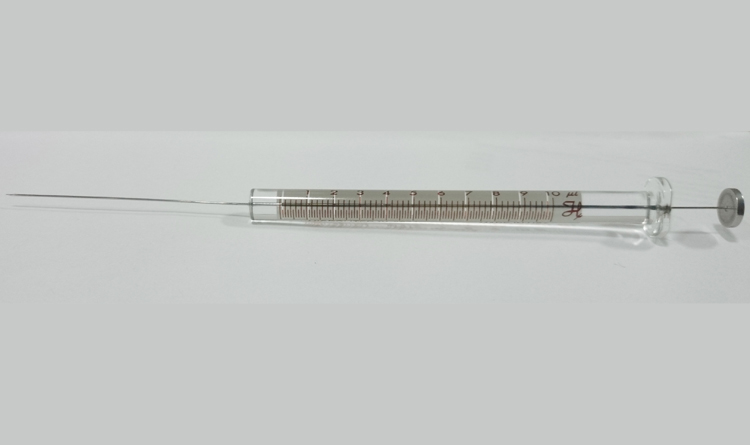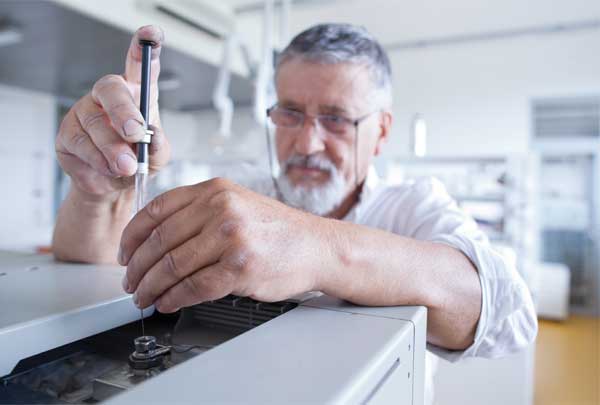Proper Use, Handling and Care of Chromatographic Syringes
A syringe is a high precision liquid measurement and transfer device capable of maintaining its designed performance if proper care is exercised in its use, handling and storage.
Proper use
- Physically examine for cracks, bent needles or dried residues before putting syringe to use
- Use syringe for dispensing liquids at room temperature only
- Rinse the sample liquid several times, overfill with excess sample, remove any air bubbles and slowly push the plunger to required volume mark before dispensing.
- Rinse several times with appropriate cleaning solvents followed by water and finally with acetone
Proper Handling
Dos
- Always grasp the barrel by its flange and plunger button to prevent body heat from affecting the barrel.
- After use place syringe in a stand.
- If injecting into the septum hold vertically and do not apply excessive pressure so as to avoid bending the needle or cracking the barrel.
- If the plunger gets accidentally removed from barrel, wipe gently with lint- free tissue. Then insert and drain with water followed by acetone several times
- Air drying is preferable. Autoclaving of syringe with luer tip may be carried out up to a maximum temperature of 115°C.
- If syringe is not to be used for a long time then after drying store in original packing to prevent damage or breakage.
Don’ts
- Do not place on lab bench or top of GC as it can roll over and break
- Avoid moving plunger in dry barrel as it can scratch the barrel walls and the plunger
- Never lift syringe by the needle
Cleaning Tips
Dos
- For routine cleaning water, IPA, acetone, or methanol can be used.
- Rinse properly a number of times with recommended solvents before storage or next use
- Properly cleaned syringe does not require lubrication
- Partially clogged needles can be cleaned by making use of commercially available kits. It is best to replace fully clocked needles or complete syringe assembly. Use of force to clean such a needle with compressed air or liquid can result in a broken barrel
Don’ts
- Halogenated solvents such as dichloromethane should not be used as they can damage glue joints
- Never immerse the entire syringe in any cleaning agent container
- Use of grease should be avoided as it can lead to cross- contamination or plunger seizure in the barrel
Syringes are delicate devices and should be handled carefully. A properly maintained syringe can be used year after year with the same degree of accuracy and precision. In a subsequent article we shall be looking into factors which covers choice of sample injection syringe in the gas chromatography.

 AAS, GC & HPLC Certificate Course Bundle
AAS, GC & HPLC Certificate Course Bundle  Certificate Course on AAS
Certificate Course on AAS  Certificate Course on GC
Certificate Course on GC  Certificate Course on High Performance Thin Layer Chromatography (HPTLC)
Certificate Course on High Performance Thin Layer Chromatography (HPTLC)  Certificate Course on ISO/IEC 17025:2017 - CPD Certified
Certificate Course on ISO/IEC 17025:2017 - CPD Certified  Certificate Course on Lab Safety
Certificate Course on Lab Safety  Certificate Course on Measurement Uncertainty in Chemical Testing
Certificate Course on Measurement Uncertainty in Chemical Testing  AAS, GC & HPLC Certificate Course Bundle
AAS, GC & HPLC Certificate Course Bundle  Certificate Course on AAS
Certificate Course on AAS  Certificate Course on GC
Certificate Course on GC  Certificate Course on High Performance Thin Layer Chromatography (HPTLC)
Certificate Course on High Performance Thin Layer Chromatography (HPTLC)  Certificate Course on ISO/IEC 17025:2017 - CPD Certified
Certificate Course on ISO/IEC 17025:2017 - CPD Certified  Certificate Course on Lab Safety
Certificate Course on Lab Safety  Certificate Course on Measurement Uncertainty in Chemical Testing
Certificate Course on Measurement Uncertainty in Chemical Testing 



Responses